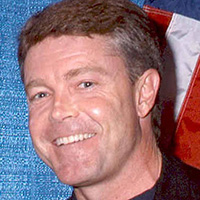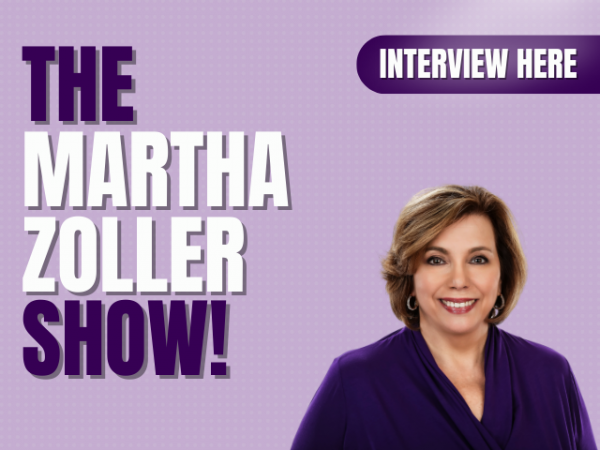Once upon a time, in October of 1952, a cold fall brought a newborn son, Vlad the Lad, to Leningrad (now St. Petersburg, Russia). Vlad the Impaler was Romanian, and that story is for another day.
This young Vlad, schooled at Leningrad State University, would soon after become a foreign intelligence officer for the KGB, which in Russian translates as the Committee for State Security. Vlad’s KGB tours included six years in Dresden, East Germany, during the Cold War and long before the Wall surrounding and separating East and West Berlin came down. In 1990, at the age of 38, Vlad 'retired' from active KGB service, as spy craft is a young man's game, at the rank of Lt. Colonel. He returned home to Leningrad State, charged with the institution's external relations.
Vlad became a key advisor to his former university mentor, Anatoly Sobchak, a policy architect of Perestroika, the restructuring of economic and political policies of the Soviet Union, led by then Premier Mikhail Gorbachev. Sobchak would become the first democratically elected Mayor of St. Petersburg, and Vlad rose to the rank of first deputy mayor.
Vlad's upward mobility would continue through 1996 when he moved to Moscow and the presidential staff as chief deputy to Pavel Borodin, the Chief Administrator of the Kremlin. The Soviet Union collapsed in 1991, and in 1998, Russian President Boris Yeltsin named Vlad the Director of the Federal Security Bureau (the KGB's successor agency). As Yeltsin's health was failing, he began searching for an heir apparent, appointing Vladimir Putin as Russia's Prime Minister in 1999.
On New Year's Eve of 1999, Yeltsin announced his sudden resignation, naming Putin the acting President of Russia. Putin quickly divided Russia into seven new federal districts, each headed by a representative appointed by the President, and not elected. Vlad then removed the elected regional governors from the Federation Council, the upper house of the Russian parliament.
Putin was first elected President in March of 2000, with about 53 percent of the vote. The Russian constitution at that time limited a President to two terms, so in 2008, Putin chose Dmitry Medvedev as his successor. Putin returned to the role of Prime Minister, while still regarded by many world leaders and Russian rivals as the main power and leader within the Kremlin.
In 2011, awaiting the results of the next election President Medvedev announced that he and Prime Minister Putin were going to trade jobs and titles, putting Vlad the Lad back in the role of Russia's President. In 2014, following political unrest in Ukraine, Putin had Russian troops and paramilitary occupy and take control of Crimea, the affluent coast of Ukraine, with a predominantly Russian ethnic population. Within days of this annexation, Putin signed a treaty stating that Crimea had always been part of Russia and readmitted the peninsula into the Russian Federation.
Putin began publicly speaking of the historic precedent of the Russian Empire before World War I. That map would include Ukraine, Poland, Georgia, several other now-independent Baltic states in Eastern Europe, and even Finland (a NATO ally). And though not as personally vocal, a few of Vlad's closest allies and political advisors began making noise about the U.S. purchase of Alaska in 1867 for $7.2 million in gold to be an illegal transfer.
Putin’s complete invasion of Ukraine would begin in early February 2022. Vlad soon formed and funded a Kremlin committee to research the legality of treaties or the sale of any former Russian territories. Vlad had long made clear his objective and belief that Ukraine, an independent state since 1991, belonged to Mother Russia. Closer to home, the distance between the Iberian peninsula and Alaska’s Aleutian Islands and Russia is less than three miles, though the two main lands are about 55 miles apart.
Since the Ukraine invasion, the U.S. and NATO allies have provided billions in military aid and assistance, to the Ukrainian people as well as their defense forces. Admittedly, the U.S. and other NATO nations also face many pressing domestic concerns. Legitimate questions can and should be raised about the delivery of aid or any misappropriation of that support, but a complete withdrawal of that support is not a realistic option. From his early days in the KGB to the most unexplained recent death of his political adversary, Alexei Navalny (47) in a Russian prison, as Putin faces his fifth Presidential election, Vlad the Lad has demonstrated time and again that trusting or turning your back on him is a very bad idea.

















